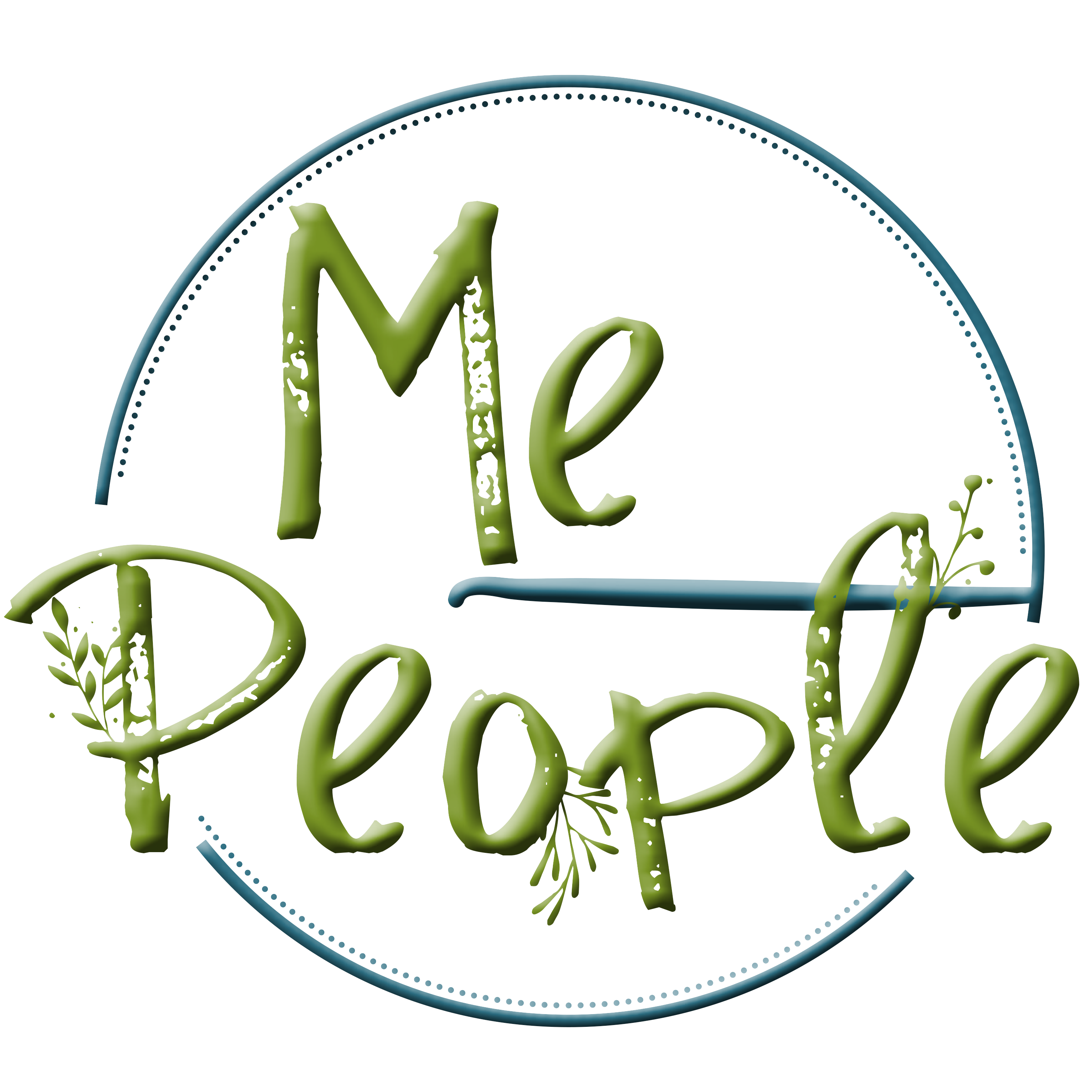Dr. Craig Mobey
What if it were true that anxiety disorders are the most common mental illness in the USA? What if it were true that only 36.9% of sufferers receive treatment? What if it were true that anxiety is highly treatable? All three questions are indeed true.[2]
An anxiety disorder is a many-headed monster that fools the sufferer into accepting its catastrophic future prediction as a present reality and future inevitability. And it’s very, very good at it. It’s not even a disease, but a symptom (a negative emotional mood state)[3] that is unwavering in its mission to become a dictating and debilitating condition.
It can be argued that anxiety is a short-circuit in the decision-making process.[4] At the same time, the opposite end of the scale to short-circuiting is an open circuit where a person experiences no anxiety, which is likewise, undesirable. Typically, a short circuit results when something travels an unintended path because it’s usually the path of lesser resistance. Contextually, anxiety overpowers the rational part of the brain when the imagination selectively recalls and then manipulates various bits and pieces of stored information toward a cataclysmic outcome. Thus, anxiety changes the way the sufferer thinks as it influences the brain toward automatically detecting the negative. Consequently, hyperactive brainstorming over the worst-case possible outcomes, which then appear to be, in the present, tangible, results.
There is no single technique to repair the short circuit, instead, there is a strong argument in favour of a multifaceted and cohesive interdisciplinary approach that speaks to the experienced facets of anxiety:
- SSRIs, SNRIs and benzodiazepines are worthwhile prescribed pharmacological fortifications.
- Therapies, such as CBT[5] and Narrative[6], are effective interpositions into ruminative thinking.
- The sufferer can enter dialogue with his/her negatively inclined thoughts[7] by questioning anxiety’s fake news broadcast, by focusing on the present and by showing the brain something different by facing an alleged fear and, consequently, a short-circuit-defeating pathway is constructed, and catastrophic thinking dissolves into present appropriateness.
- A study[8] unearthed the phenomenon that people with anxiety lean toward inactivity. Ratey comments,[9] “That’s ironic, because lacing up your sneakers and getting out and moving may be the single best nonmedical solution we have for preventing and treating anxiety.”
- Christ is present with the believer during his/her anxiety episode, and He too has experienced the grip of anxiety (e.g., Luke 22:44). While sadly, the tendency to over-spiritualize healing from anxiety is not underheard of, the sufferer, can instead, with help of an accredited Christian counsellor, engage anxiety’s reverberations, all the while anchored in the veracity of the gospel, Bible study, prayer, and worship, knowing that God, although capable of the supernatural, also uses who and what He wills, when He will it.
The discussion opened with the statistic that only 36.9% of anxiety sufferers receive treatment. That means 63.1% are not, which is in itself, a painful statistic for what is, a highly treatable condition.
“When anxiety was great within me, your consolation brought me joy” (Psalm 94:19, NIV).
To get in touch with us: hello@mepeople.co.za
[1] Hydra is a mythical many-headed monster.
[2] “Anxiety Disorders – Facts & Statistics.” Anxiety & Depression Association of America. 2023. Accessed 02 February 2023 from https://adaa.org/understanding-anxiety/facts-statistics.
[3] Henriques, G. 2016. Clarifying the Nature of Anxiety and Depression. Psychology today. Accessed 01 February 2023 from https://www.psychologytoday.com/us/blog/theory-knowledge/201603/clarifying-the-nature-anxiety-and-depression.
[4] “The Biology of Anxiety.” n.d. Psychology today. 2023. Accessed 01 February 2023 from https://www.psychologytoday.com/us/basics/anxiety/the-biology-anxiety.
[5] Kaczkurkin, A.N. and Foa, E.B. 2015. Cognitive-Behavioral Therapy for Anxiety Disorders: An Update on the Empirical Evidence.Dialogues Clin Neurosci. 2015 Sep; 17(3): 337–346.
[6] Shakeri, J., Ahmadi, S.M., Maleki, F., Hesami, M.R., Moghadam, A.P., Ahmadzade, A., Shirzadi, M. and Elahi, A. 2020. Effectiveness of Group Narrative Therapy on Depression, Quality of Life, and Anxiety in People with Amphetamine Addiction: A Randomized Clinical Trial. Iran J Med Sci March 2020; Vol 45, No 2.
[7] Gillihan, S.J. 2020. The 3 Best Ways to Manage Anxiety. Psychology today. Accessed 01 February 2023 from https://www.psychologytoday.com/za/blog/think-act-be/202002/the-3-best-ways-manage-anxiety.
[8] Helgadóttir, B., Forsell, Y. and Ekblom, O. 2015. Physical Activity Patterns of People Affected by Depressive and Anxiety Disorders as Measured by Accelerometers: A Cross-Sectional Study. PLoS One. 2015; 10(1): e0115894.
[9] Ratey, J.J. 2019. Can Exercise Help Treat Anxiety? Harvard Health Publishing. Accessed 2 February 2023 from https://www.health.harvard.edu/blog/can-exercise-help-treat-anxiety-2019102418096.

